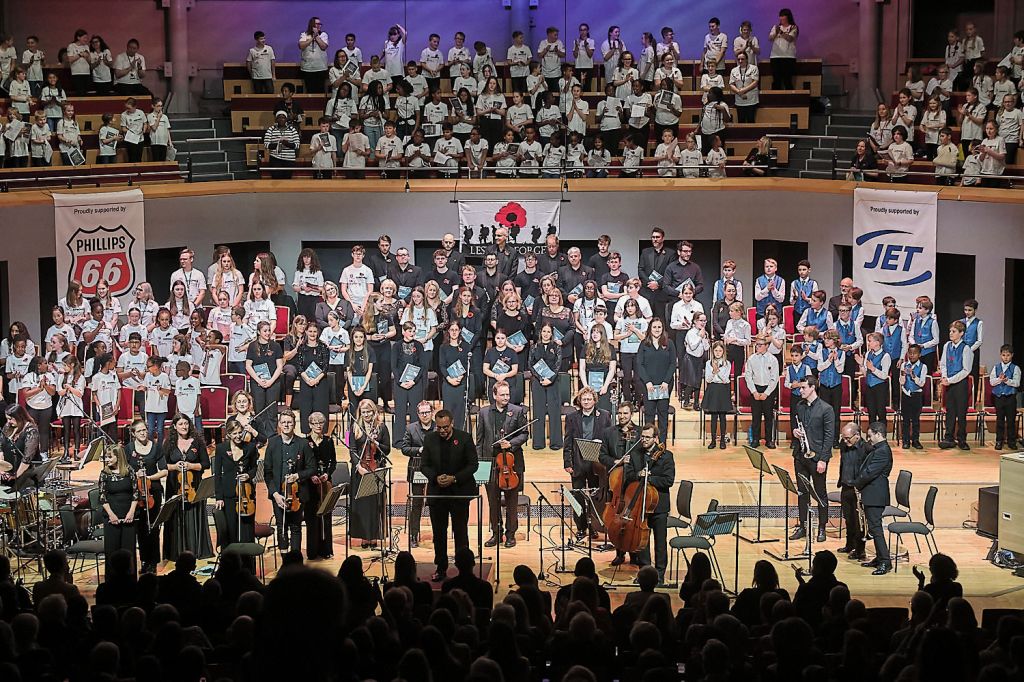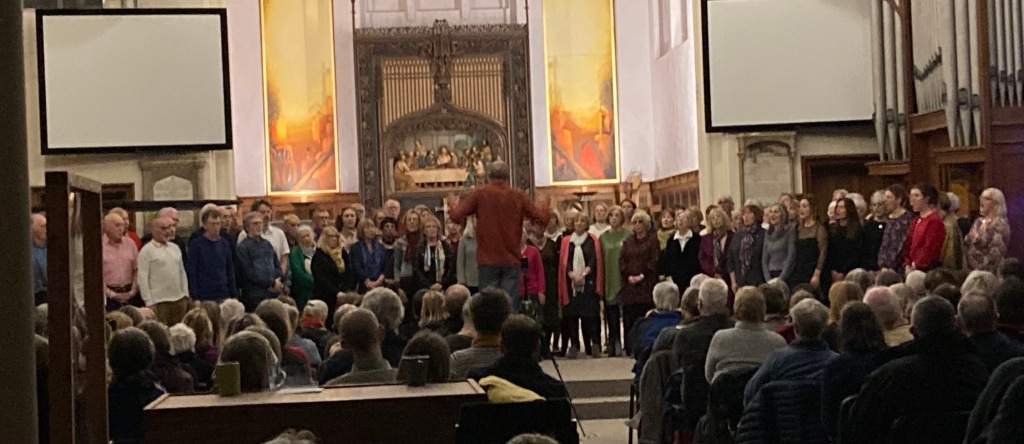I got an invite to a gathering of the Friends of Square Pianos over Easter and to be honest I was not entirely sure how much fun it would be.
The main draw was the fact that my own Beyer square piano was going to be there and I am obviously keen to see how the restoration was coming along.
The gathering was organised by David Hackett in the village hall at Chelveston – only an hour’s drive from me so off I went in the lovely sunshine.
Well – it was brilliant !
Slightly bizarrely for a Friends of square pianos event, my own Beyer was the only square piano. Restorer Lucy Coad and her team told me all about what they had done so far and it is close to being finished which was wonderful in itself.
The hall was full of keyboards and spinets were the featured instrument for the day – just having the opportunity to move around try out so many beautiful instruments made the day worthwhile.
The really positive experience however was being in a hall of 30 or so enthusiasts who were clearly masters of their trade: full of knowledge and most, if not all of them, highly skilled artisans able to transform seriously neglected instruments into beautiful works of art that played wonderfully.
The talks were fascinating and the jewel in the crown was the excellent singing of Angie Hicks, accompanied by David Wright, singing songs from the seventeenth and eighteenth centuries and, obviously, accompanied on authentic instruments – Brilliant.













